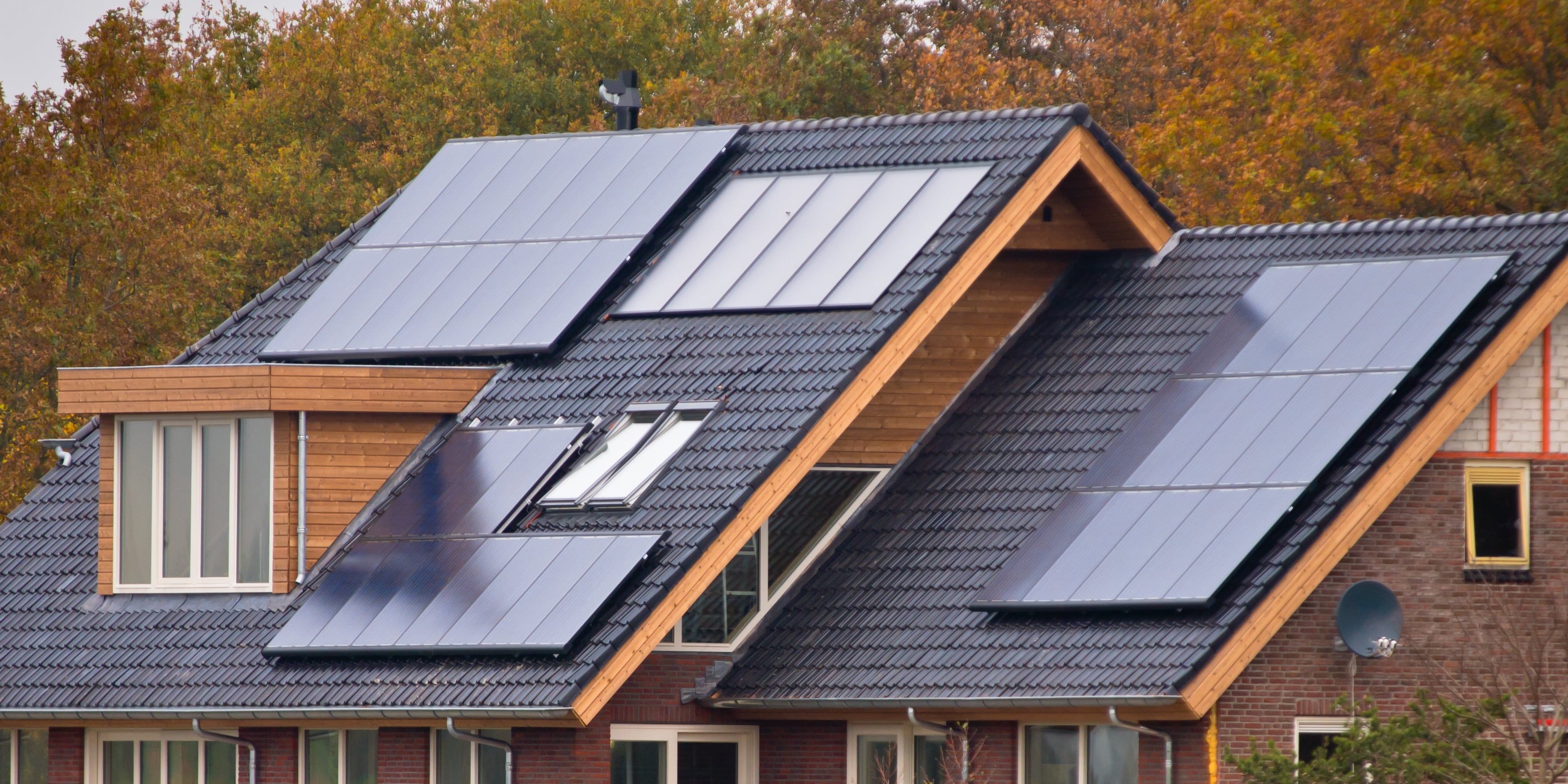Foundation of net metering and interconnection
The trend toward renewable energy is inevitable and state governments are making sure every utility embraces it. In order to do this, each state has created standards to reach renewable goals.
What are Renewable Portfolio Standards?
Twenty-nine US states have instituted Renewable Portfolio Standards (RPS). These are policies that require utilities to ensure that a percentage, or in some cases a specified amount, of the electricity they sell comes from renewable resources. Most states have goals to greatly ramp up their renewable portfolio in the coming decade. Hawaii, for example, has the most aggressive RPS requirement. They plan to run on 100% renewable energy by 2045 according to the National Conference of State Legislatures.
These policies are playing an integral role in each US state’s effort to diversify their energy portfolio, promote economic development, and reduce emissions. But, utility companies cannot do it alone — they are looking to their consumers to feed the grid in order to meet demand. This is where net metering and interconnection become very important.
What is net metering?
Net metering is how a utility tracks of consumer usage of utility provided power, how much power the consumer produces, and, ultimately, what the difference is between the two. When consumer production from solar and other renewable energy systems exceeds demand, the utility company reduces the amount of energy they bill the consumer.
There are times during the day when a customer’s solar power production exceeds what is needed on-site. With net metering, excess electricity is fed into the grid when customer systems produce more than is needed by the consumer. When this happens, the customer’s meter actually runs in reverse. When a customer’s system isn’t producing enough electricity, that customer can draw from the larger power grid.
That valuable solar power can be put into the grid for use nearby where it is needed. The consumer is producing energy for the grid, but that power may not always be needed as it’s produced. So, how do utility companies utilize this excess power and mobilize it in the grid? Interconnection.
What is utility interconnection?
Interconnection is the physical process of connecting your solar and other renewable energy systems to the local utility grid. Utilities nationwide in the next few years are going to have to connect thousands, if not millions, of homes to the grid in new ways. This means thousands, if not millions, of new interconnection projects on the horizon for utility project managers. Spreadsheets aren’t going to cut it for these types of projects.
Automate and standardize interconnection projects
Manual processes could significantly slow state regulated interconnection and net metering projects. Utility companies can meet the timelines set by each state by standardizing and automating project management processes for interconnection projects. Efficiency is key.
Sitetracker is the industry-leading project management solution for high volume project management. Demo the project management solution trusted by Central Hudson Gas & Electric to learn how you can empower geographically dispersed field teams in a single source of truth.
